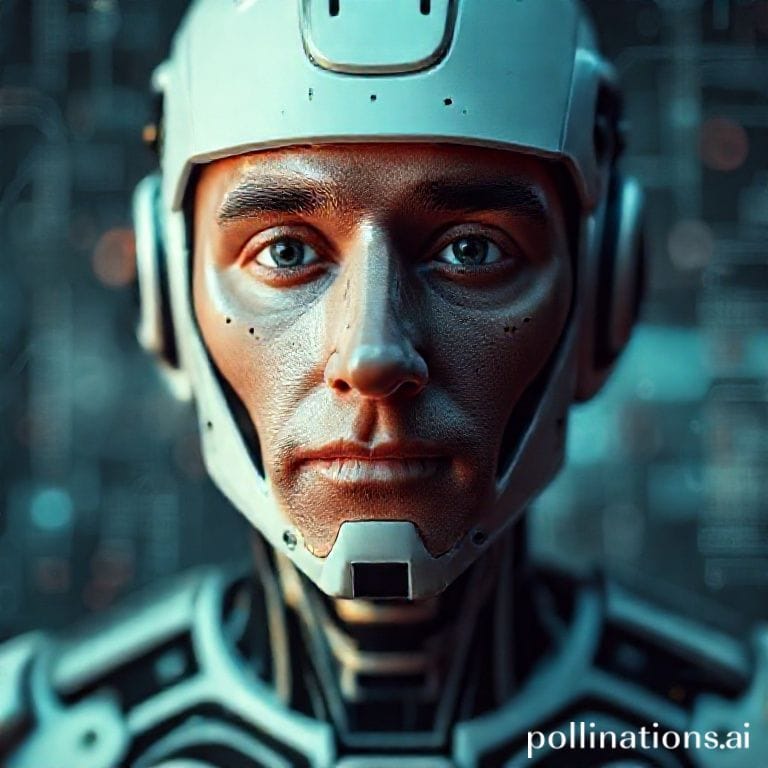The landscape of artificial intelligence is evolving rapidly. While prompt engineering once stood as the golden skill for harnessing AI tools like ChatGPT and Claude, a new paradigm is emerging: prompt thinking. This shift represents more than just a technical upgrade—it’s a fundamental change in how humans collaborate with intelligent systems.
Understanding the Difference: Engineering vs Thinking
Prompt engineering focuses on constructing precise inputs to elicit desired outputs from AI. It involves techniques like:
– Formatting instructions (e.g., “Use bullet points”)
– Context framing (e.g., “You are a marketing expert”)
– Output constraints (e.g., “Limit response to 200 words”)
Prompt thinking transcends these mechanics. It’s the art of conceptualizing problems in ways that leverage AI’s strengths while compensating for its limitations. This cognitive approach transforms AI from a tool into a collaborative partner.
The Limitations of Pure Prompt Engineering
Recent developments in generative AI have made basic prompting more accessible:
1. Auto-suggest features reduce the need for perfect syntax
2. Chat interfaces enable iterative refinement
3. AI models better infer intent from natural language
This democratization means specialized prompting skills alone no longer provide competitive advantage. A 2025 Stanford study showed that basic training eliminates 87% of the performance gap between expert and novice prompt engineers.
Four Pillars of Effective Prompt Thinking
1. Problem Deconstruction
Break complex challenges into components where AI adds maximum value:
* Data analysis
* Creative ideation
* Scenario simulation
2. Iterative Dialogue Design
Structure conversations that build knowledge progressively:
“Start with background context → request initial ideas → challenge assumptions → refine solutions”
3. Role-Based Problem Solving
Assign specific cognitive roles to AI:
“Act as devil’s advocate for this proposal”
“Identify blind spots in this strategy”
4. Human-AI Workflow Orchestration
Determine where human judgment must intervene:
– Ethical evaluations
– Contextual nuance
– Emotional intelligence applications
Real-World Application Example
Consider a marketing professional launching a new product:
Traditional Approach:
“Generate 10 email subject lines for [Product X] targeting millennials”
Prompt Thinking Approach:
“Outline the psychological barriers preventing millennials from adopting [Product Category]. Then propose messaging frameworks that address these barriers while aligning with our brand voice of [Adjectives]. Finally, suggest A/B test variations based on these frameworks.”
This method yields not just outputs, but strategic insights and testable hypotheses.
Developing Your Prompt Thinking Skills
1. Practice Cognitive Pair Programming
Collaborate with AI as you would with a human colleague—explain problems aloud, discuss alternatives, and critique solutions.
2. Adduct Reverse Engineering
Start with AI outputs and reconstruct the thinking process that could have generated them.
3. Implement Feedback Loops
Track decision quality metrics when using different collaborative approaches with AI.
4. Study Cross-Domain Patterns
Notice how prompt thinking principles apply across fields:
* Software development
* Scientific research
* Creative industries
The Future of Human-AI Collaboration
Organizations prioritizing prompt thinking report:
– 41% faster problem-solving cycles
– 3.2x more innovative solutions
– 68% higher employee satisfaction with AI tools
As AI capabilities grow more sophisticated, the premium shifts from technical execution to strategic conceptualization. This evolution mirrors the transition from coding syntax to algorithmic thinking in traditional computer science.
Take Action Today
Begin your transition with these steps:
1. Audit existing AI workflows for prompt engineering dependencies
2. Replace one tactical prompt with a thinking-driven dialogue daily
3. Document insights in a collaboration journal
The most valuable professionals in the AI age won’t be those who best instruct machines, but those who best imagine with them. Your mindset shift starts now.

Leave a Reply